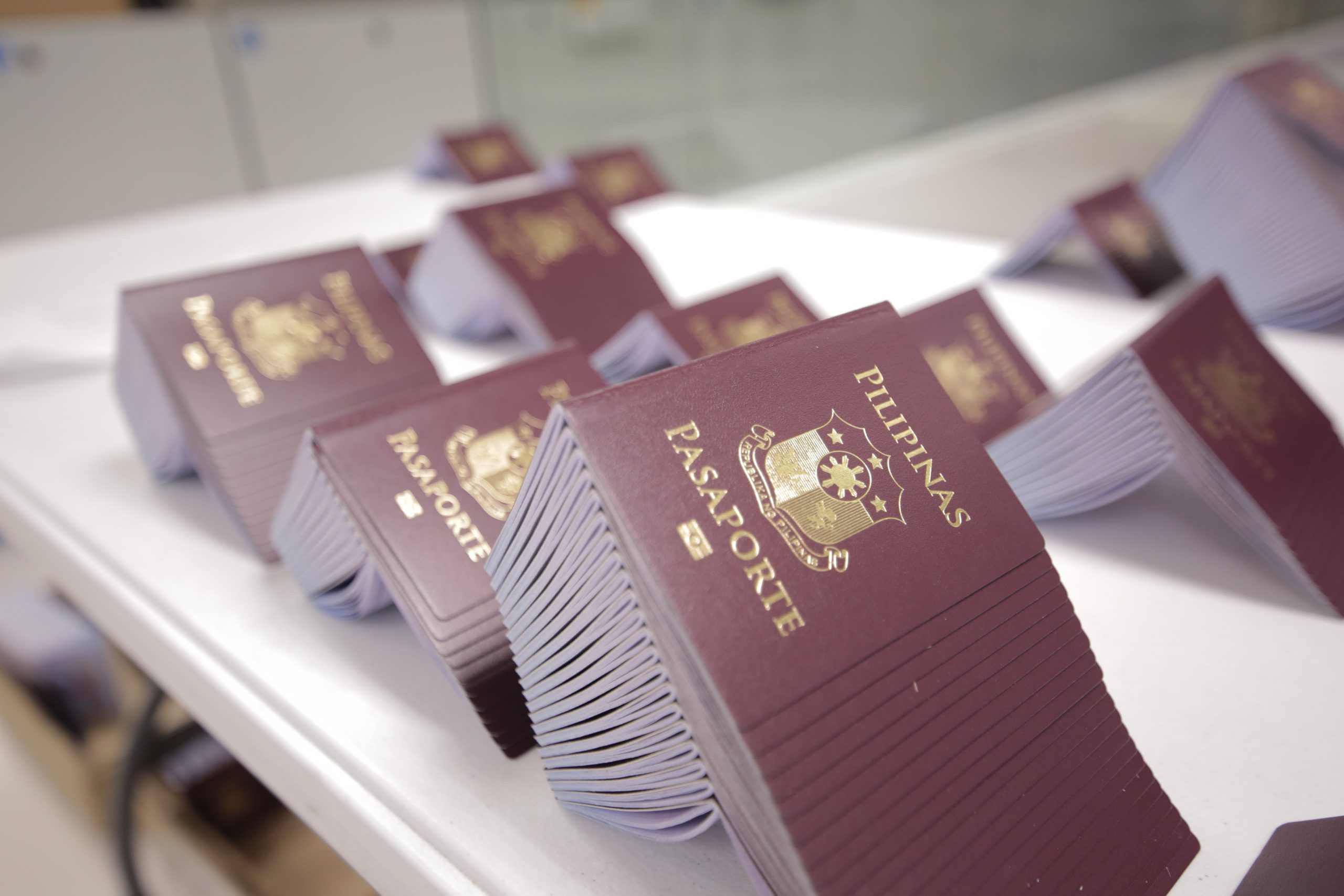PASSPORT
The Department of Foreign Affairs (DFA) and APO Production Unit, Inc. signed the memorandum of agreement for printing the ePassport through a new integrated electronic passport system in 2015. The decision of the DFA to outsource to a recognized government printer was made to enhance the security and integrity of the ePassport by reducing the risk of tampering or unauthorized access to personal data.
APO Production Unit, Inc. plays a crucial role in producing the Philippines’ ePassport. It is responsible for securing the applicant’s online appointment, printing, personalization, and delivery of the ePassport. With its printing facility in Lima, Batangas, APO uses state-of-the-art technology, security features, high-quality materials, and printing techniques to ensure the ePassport is durable and tamper-proof. The ePassport also complies with the International Civil Aviation Organization’s (ICAO) standards for travel documents (Doc 9303), which require biometric technology.


The Philippine ePassport is a modern electronic passport that incorporates advanced security features and biometric data to ensure the authenticity and integrity of the passport. The technology behind the end-to-end solution in printing the Philippine ePassport involves several components and processes that work together to produce a secure and reliable travel document.
- Online application – individuals can book a schedule to personally appear at a designated Department of Foreign Affairs (DFA) Consular Office in the Philippines or the Philippine Embassy or Consulate abroad to apply for or renew their Philippine passport.
- E-payment – the option to pay passport fees online through the ePayment Portal. This portal allows applicants to pay using various electronic payment methods, such as credit cards, debit cards, and online banking services.
- Biometric Capture and Verification – capture the applicant’s biometric data, including a facial image, fingerprints, and signature. The captured data is then verified for quality and authenticity by trained personnel. Any issues with the captured data are resolved at this stage.
- Booklet Production – the passport booklet is printed with a combination of security features, such as watermarks, holograms, and UV-reactive inks that help to prevent counterfeiting and fraud.
- Personalization – the printed passport is personalized with the chip data of the passport holder, including biometric data, photo, and other personal information. This process uses specialized machines to encode the chip data onto the passport securely.
- Quality Control – the passport is thoroughly checked to ensure it meets international standards for passport quality and security.
- Fulfillment – secure transportation and handling of the passports throughout the process and strict protocols to prevent unauthorized access to the passport data.


Since 2016, APO has produced 24.9 million ePassports for the Department of Foreign Affairs.
The ePassport has proven to be a valuable tool for Filipino travelers. The passport chip allows quicker and more accurate identity verification, reducing waiting times at immigration checkpoints. The ePassport has also helped to combat fraud and identity theft, which has led to greater confidence in the integrity of Philippine travel documents.
